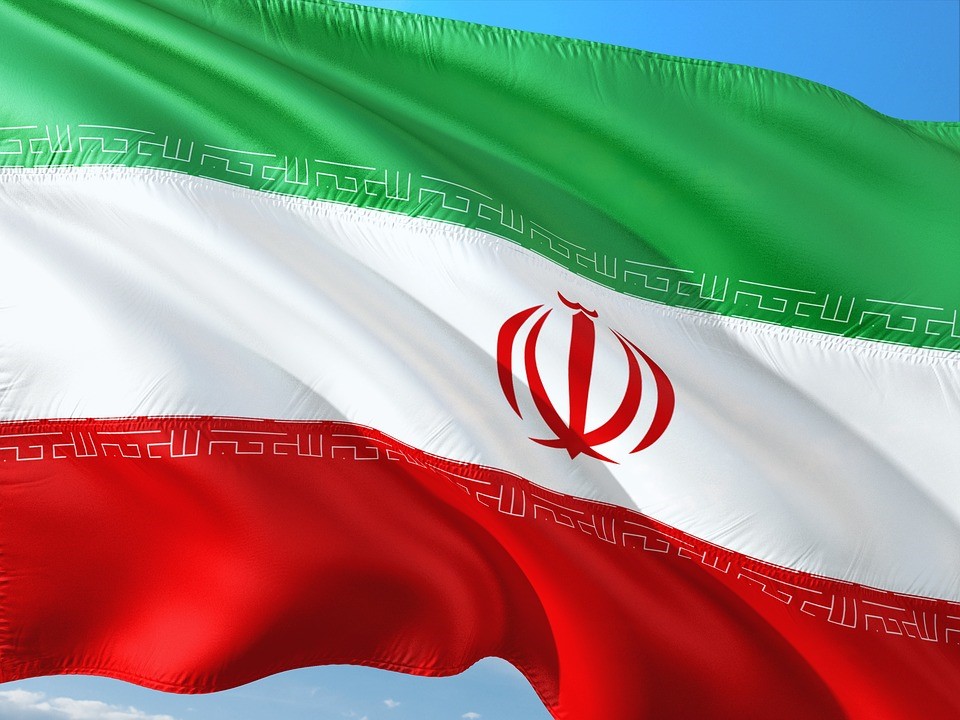Since February much of the world’s attention has been focused on Putin’s war of aggression in Ukraine. That is not an indicator that political dictators and military leaders in other regions are quiet, less dangerous, or have stopped planning and plotting ways to undermine Western democracies. Last month the chief of staff of the Iranian Armed Forces, Major General Mohammad Bagheri, traveled to Tajikistan to meet with President Emomali Rahmon and senior military officials. His trip drew little attention in western publications.
Bagheri attended the inaugural opening of an Iranian Ababil-2 unmanned aerial vehicle (UAV) factory in the Tajikistani capital of Dushanbe, according to Tasnim News. The first series of these drone (Ababil-1) was built by the Iran Aircraft Manufacturing Industrial Company (HESA) and used during the later stages of the 1980–1988 Iran-Iraq War. This latest in the series is a low-cost, tactical drone designed for reconnaissance, surveillance, and attack missions. According to the Jamestown Foundation, it has a range of about 125 miles and can stay in the air for 1.5 hours. The Ababil-2 UAV is a serious weapon that can reach an altitude of 11,000 feet, monitor an area of 297 square miles, and take off from speedboats. Iran has a 30-year history of manufacturing drones. What is new and significant is that this is Iran’s first official, foreign-launched full production line.
One year ago, Tajikistan’s Defense Minister, Colonel Sherali Mirzo, visited Iran to work on a bilateral agreement between the two countries, covering military and defense cooperation. According to Vali Kaleji of the Jamestown Foundation, “The factory is the result of the implementation of bilateral agreements reached by the Joint Defensive and Military Committee.” Military cooperation between Iran and Tajikistan, according to Kaleji, is “one of the most important results so far to come out of the lifting of Iran’s arms embargo.” Iran today can legally buy and sell conventional weaponry, including small arms, missiles, helicopters, and tanks.
The world may be witnessing nascent efforts by Iran to emerge as a new competitor to Russia, China, Turkey, and Israel in terms of military equipment exports to Central Asia. Tensions between Tajikistan and Iran are de-escalating, and the breadth and depth of military and defense cooperation efforts is improving. Iranian President Ebrahim Raisi in his first official foreign trip, visited Tajikistan last September. Then after General Bagheri’s visit, Tajikistani President Rahmon traveled to Iran for the first time in over nine years. The enhanced security cooperation is representative of Iran’s broader transition from observer to permanent member of the China-leaning, Shanghai Cooperation Organization (SCO) last September, according to Kaleji.
Afghanistan and Tajikistan share a 745-mile border that erupts often with minor clashes involving threats from the Islamic State and Taliban. This spring the Pamir Mountain region of Tajikistan suffered the most significant violence since the end of the civil war in 1997, according to the Jamestown Foundation. Since the fall of Afghanistan last September, the Russian 201st Military base in Tajikistan received new tanks and missile-defense systems from Moscow. Now Dushanbe is acquiring improved military-grade UAV capabilities with help from Tehran. Tehran Times reports that Iran faces a similar security situation with Afghanistan along its 587-mile border. It notes that Ayatollah Khamenei cautions that “security concerns, especially about Afghanistan and the spread of terrorism, are important issues between the two countries.” Twelve months ago, Tajikistan was involved in several border incidents with neighboring Kyrgyzstan. Officials in Bishkek then bought Turkish-made Bayraktar TB2 combat UAV’s, according to a November report in the publication Middle East Eye. All is not quiet in Central Asia, although Kaleji reports that that Moscow remains silent on the last year’s developments in the Central Asian states, despite the new drone factory in Dushanbe. He says that “Moscow’s reticence may, therefore, indicate a level of Russian satisfaction with this Iranian-Tajikistani security collaboration, especially for countering the threat of terrorism and extremism from Afghanistan.”
So far, it appears that Russia prefers China and Iran to crowd out regional assistance from Turkey and Western countries. One unanswered challenge is that… as China and Russia increase their competitive positions in Central Asia there may be new dynamics at work in the near future should one of the nuclear powers decide that the other is gaining too much influence over the region. The geopolitical conflict of note today is in Ukraine. Some Washington military analysts are suggesting that the West cannot overlook the possibility that Putin’s war could expand, move eastward into Central Asia, and involve a nuclear-armed China intent on maintaining its position in the region as it continues building its BRI into Europe.
Daria Novak served in the U.S. State Dept.
